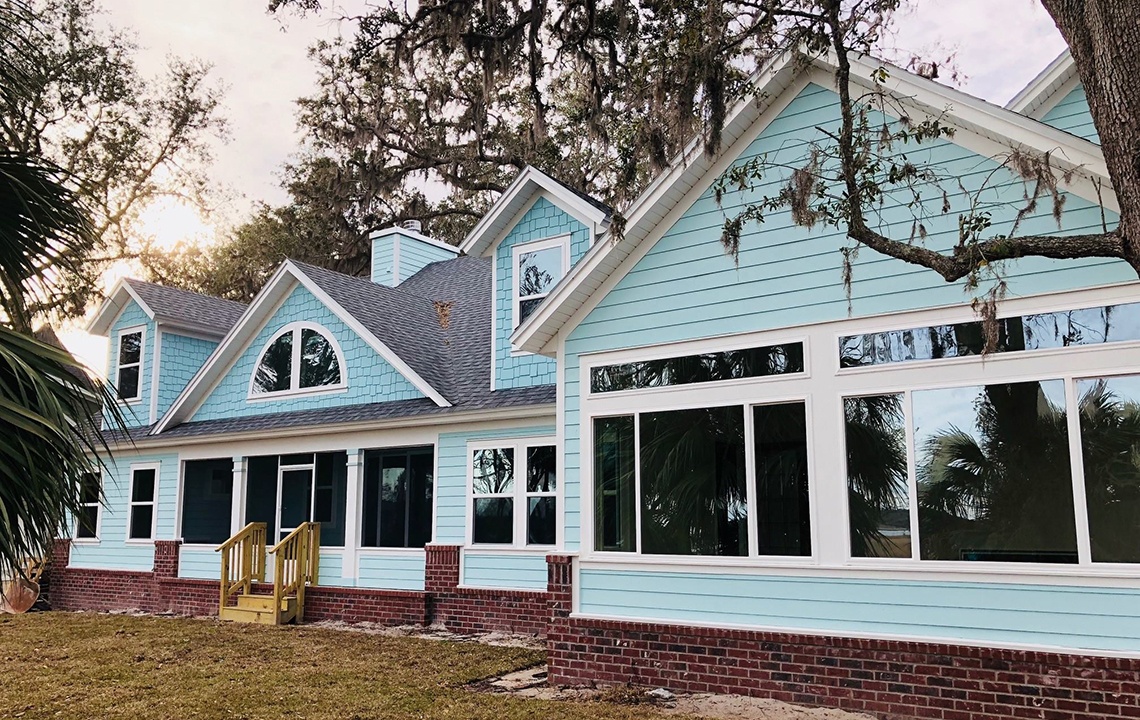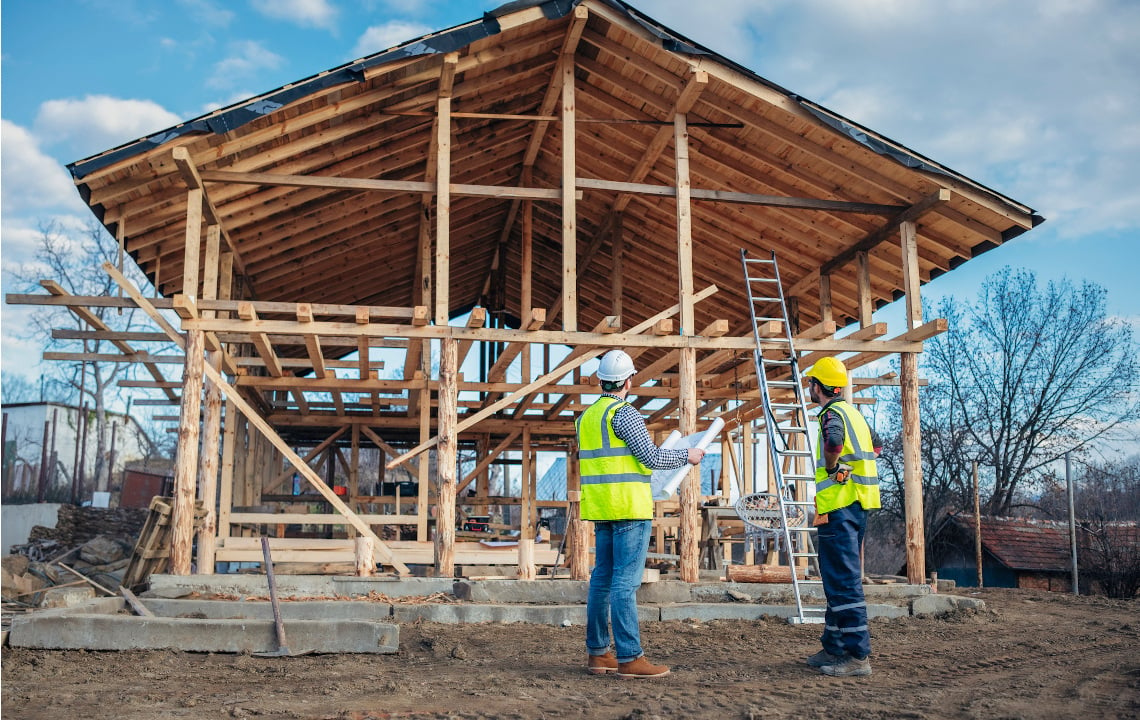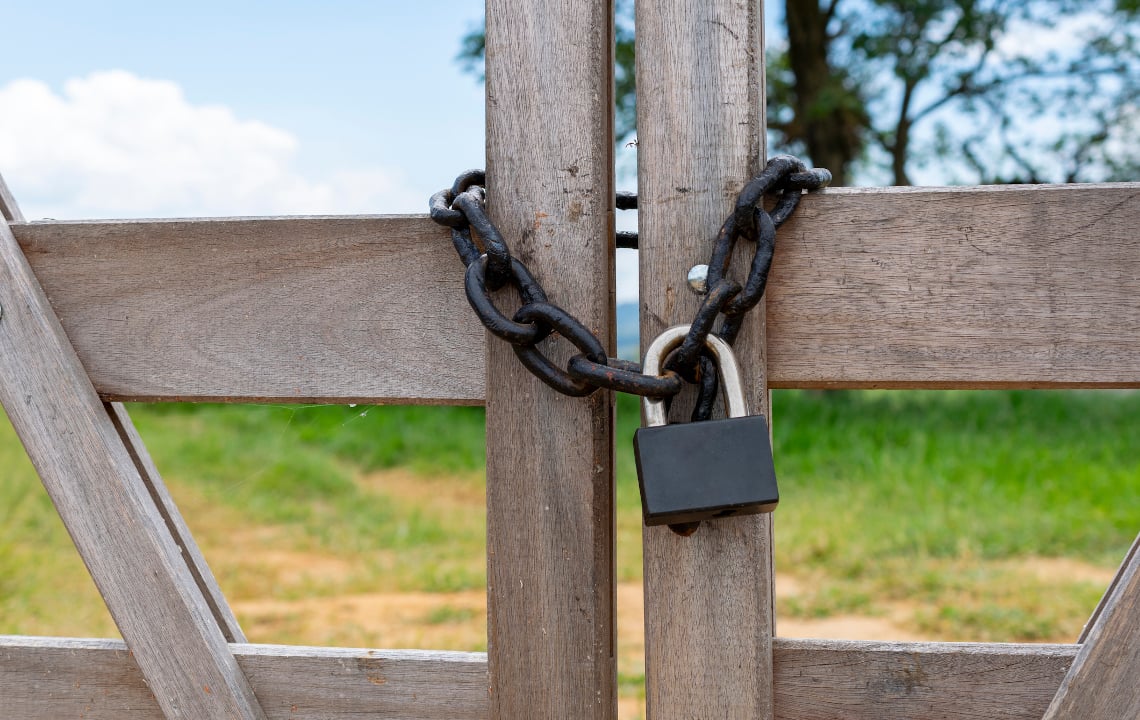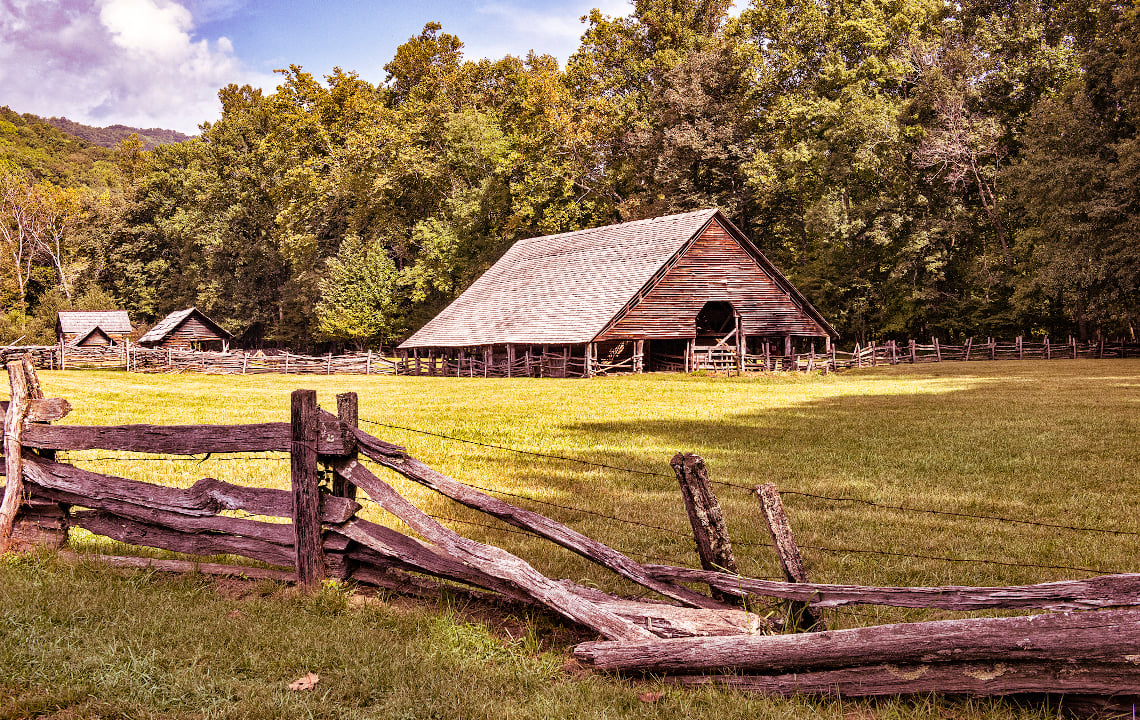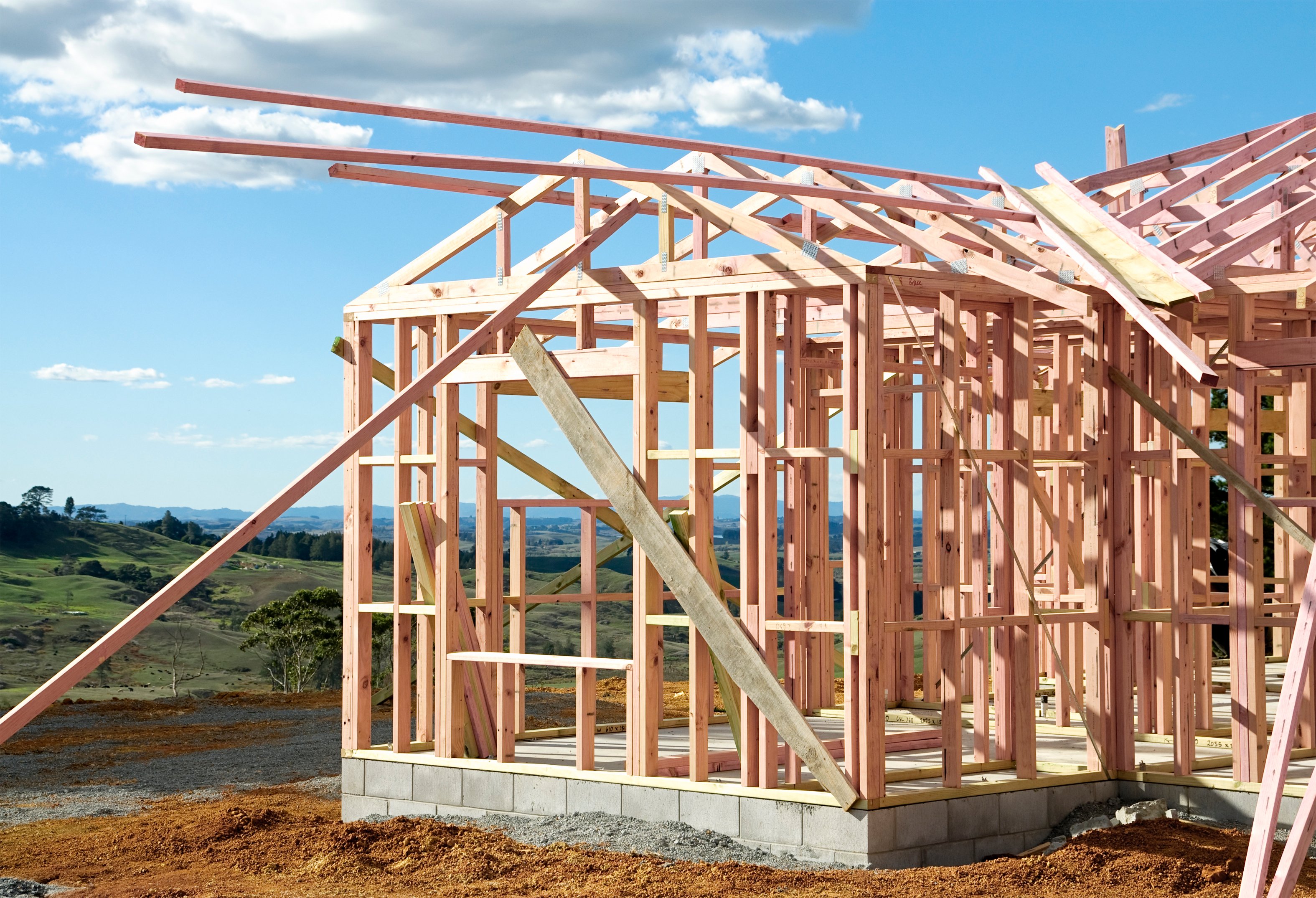Custom home builder Steve Johnson walks us through the steps to build a house on land in Nassau County, Florida, from choosing the land to moving in.
When you own raw country land, the choices for your future home are almost limitless.
 Unlike a subdivision, which will offer a specific set of home plans to choose from, you can choose any builder, any house plan and make decisions on features that would never be discussed in a pre-designed community.
Unlike a subdivision, which will offer a specific set of home plans to choose from, you can choose any builder, any house plan and make decisions on features that would never be discussed in a pre-designed community.
We talked to a longtime home builder in Nassau County, Florida, Steve Johnson of Johnson Home Builders, to come up with a handy list of the steps involved in building a home on land you own.
Step 1: Choose the land you want to build on and the home builder you want to work with.
We put these two decisions together because they should happen almost simultaneously. You need to make sure the land you are choosing will work with the home you envision building, and that means talking to a builder upfront. Your builder can explain what you need to look for when choosing a property if you already have a home in mind. Some builders, including Johnson, even own a number of properties, so you can choose your land and purchase your home and land together. If you choose your land first, you’ll need to find a reputable builder who has ideally worked in the area near your home. A local builder will have a network of trusted contractors and an understanding of local regulations that will ensure a smooth building process. The sooner the builder is involved, the better.
Tip: If you're looking for acreage for sale in Nassau County, our parent company, Raydient Places + Properties, has large tracts for sale west of I-95. View available Nassau County listings here.
Step 2: Choose the home plan you want to build.
The house you choose affects everything else in the process, from the loan you’ll need to pay for it to the size septic tank you need once it’s built. If you’re creating a custom home, the architect will need time to draw it up. Your builder needs to know the home plan to give you a cost estimate, and the bank will need to see the plan in detail in order to approve your construction loan.
Step 3: Apply for a construction loan to have the home built.
Just like a loan for a pre-built home, a construction loan involves a qualifying process with your bank that will require you to prove you can afford the loan by showing:
- bank statements,
- W-2s,
- tax returns and
- other documentation.
The bank will review the home plan and do an appraisal to ensure it will be worth the amount of the loan.
Take Note: It could take as much as two months to get final approval for a construction loan. Your builder is not allowed to begin work until the bank gives notice to commence construction.
Once approved, the funds will be issued to the builder in phases. The builder will receive 10 percent of the overall cost upfront, and then additional percentages will be paid out as the builder completes different steps.
The gradual payment process will save the future homeowner some money on interest fees.
“The homeowner only has to pay interest on the amount of money that has been taken out so far (on the loan),” Johnson explains.
Step 4: Obtain initial permitting for the construction project.
Once the loan is approved, your builder will begin the permitting process for your home site. In Nassau County, that can take two to three weeks, Johnson says.
The builder will have to provide a site plan to the county and get approval for the location of the well, septic and home on the property before work can begin. The county will do a percolation test to determine what the wet season water table level is for your land, which will indicate how much dirt will be needed to properly install your septic system and build your home on dry ground.
Step 5: Walk the property with your builder.
Before building begins, Johnson says it’s a good idea for the future homeowner and builder to walk the property together. Together, they can determine which trees need to be removed for construction, and which they can keep in place. Walking the property will also help the homeowner get a good understanding of where the home and utilities will be located. Learn more about where to build your house on your land.

Johnson Home Builders prepared this foundation for a home in Yulee.
Step 6: Prepare the property for building.
Finally, it’s time to break ground! Your builder will clear the space where your home will be built, removing trees and the top layer of topsoil, which is not stable enough to build a home on. Then truckloads of dirt will be brought in to create a solid, well-draining site for the home’s foundation.
In Nassau County, Johnson says, “We typically bring in eight to ten truckloads of dirt. We usually bring in enough dirt to have the home 12 inches above the natural grade.”
Step 7: Underground plumbing rough-in and corresponding inspection.
Even before the foundation for your home begins, the first lines of your future home’s plumbing will be put into your place. These are the pipes that will lead from your home to your well. The pipes will be placed as the dirt is being set, and the county will inspect this stage of the plumbing to ensure it is done properly.
Step 8: The formation of the home foundation.
After the plumbing inspection is complete, it’s time to make the home’s foundation. Your builder will dig the footers, lay down form boards and pour the concrete to make the slab the home will be built on. Johnson says he prefers to build monolithic slabs for home foundations in Nassau County. Consisting of one large slab of concrete, they are more cost effective. However, certain elevations and flood zones may require a different foundation, he says. For example, a house near water or on low-lying ground may need a stem wall foundation to protect it from flooding. A stem wall uses blocks to set a house above ground level.
Step 9: Frame the home and put up the trusses.
Now you will begin to see a home on your land as the frame - the boards that make up the walls and roof of the home - goes into place. More inspections will be required as building continues. In all, Johnson says there could be anywhere from 10 to 16 inspections.
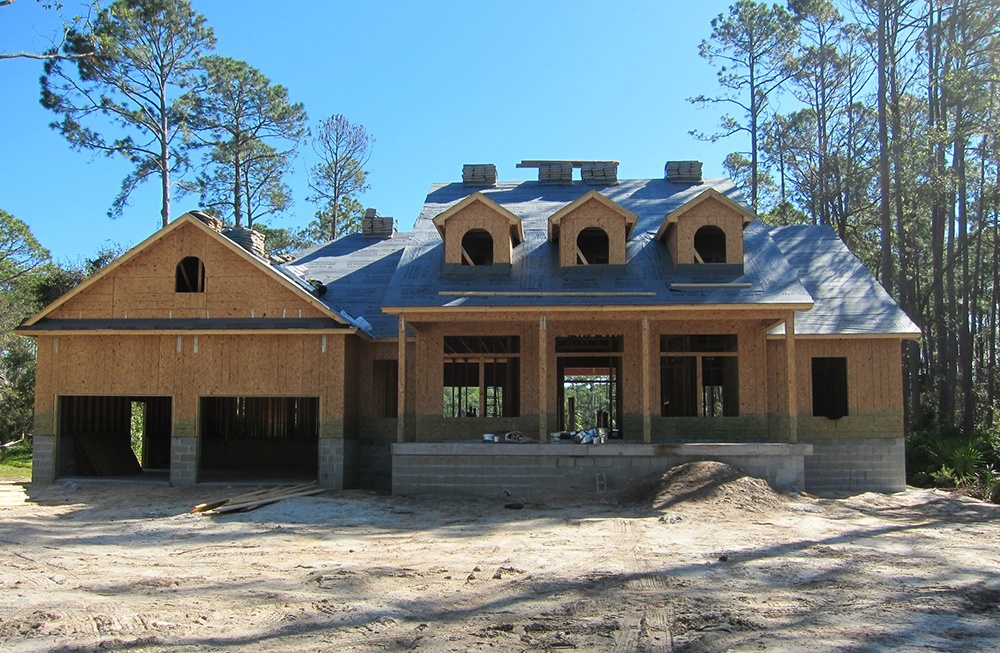
The custom home above was built by Johnson Home Builders on a land owner's rural tract in Nassau County, Florida.
Step 10: Plumbing, air conditioning and electrical installation.
Since the plumbing, air conditioning and electrical apparatus will be hidden within the home’s walls, it is time to put these utilities into place. Your construction team will test how each of these apparatus are working.
In Nassau County, Johnson says a local electric provider supplies temporary power for a construction site so the team will be able to test it before a permanent electrical connection is brought to the property.
Step 11: Enclosing the frame.
It’s time to protect your home from the weather and moisture, and that means the exterior walls, shingles for the roof, doors and windows will be put into place.
Step 12: Finishing the home’s exterior.
Once the frame is enclosed, your team will be ready to complete the exterior, putting up siding or stucco to bring your home much closer to the picture you’ve been envisioning since the process began.
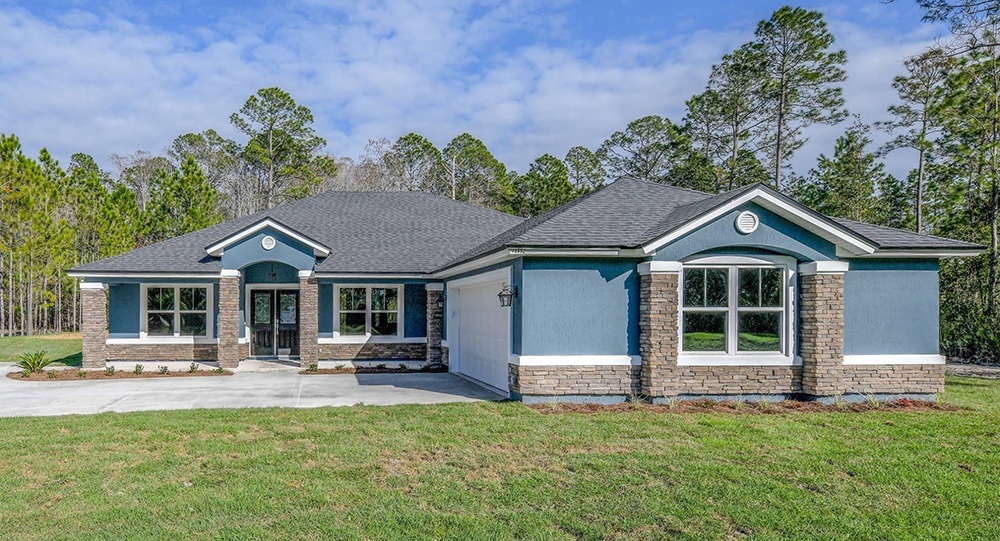
Step 13: Insulating the house and putting sheetrock in place.
At this point, the team is ready to complete the inside of the home’s walls. They will put insulation inside the walls and then seal them with sheetrock. Drywall will be finished. This process typically takes about two weeks.
Step 14: Interior details, such as trim, painting and tile.
With the walls enclosed, it’s time for the finer details of the home. The team will be putting in your interior trim and doors, caulking and painting, and adding cabinetry and tiles. Fixtures for utilities, such as electrical switches and plates, faucets and your temperature gauge, will be added to the home. This will be followed by what Johnson refers to as the “dry wall bump,” when the walls get repainted in case there were any bumps or dings during construction.
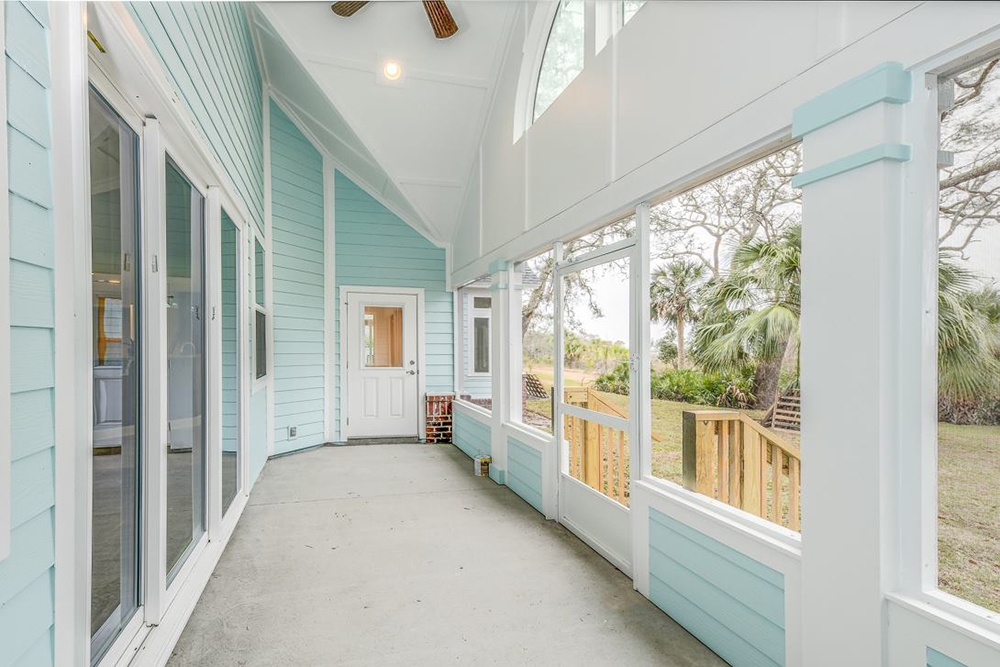
Step 15: Flooring
With major indoor construction complete, it’s time to lay the carpet, laminate or any other type of flooring you have selected for your home.
Step 16: Well and septic installation.
Remember at the beginning of the building project, when the permits were approved for the site plan that detailed where your well and septic would be put into place? Now it’s time to install them. Most builders wait until the end of construction to ensure no one accidentally drives over the well or septic tank while working on the home.
Step 17: Finalizing your property and inspections
It’s down to the final details: the driveway, landscaping and final inspections.
Step 18: It’s time to move into the new home!
To learn more about Johnson Home Builders, visit johnsonhomebuilders.com. All photos courtesy of Johnson Home Builders.


